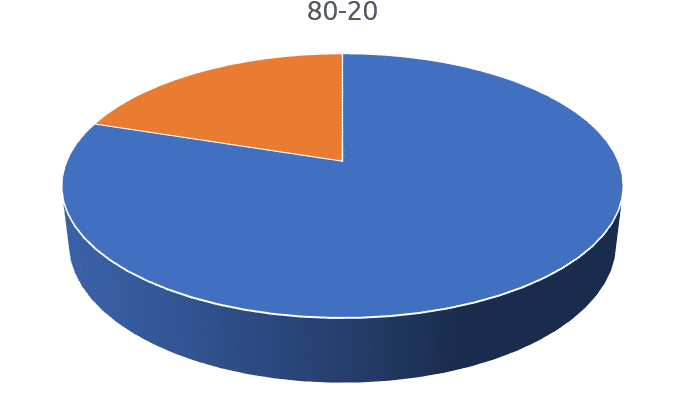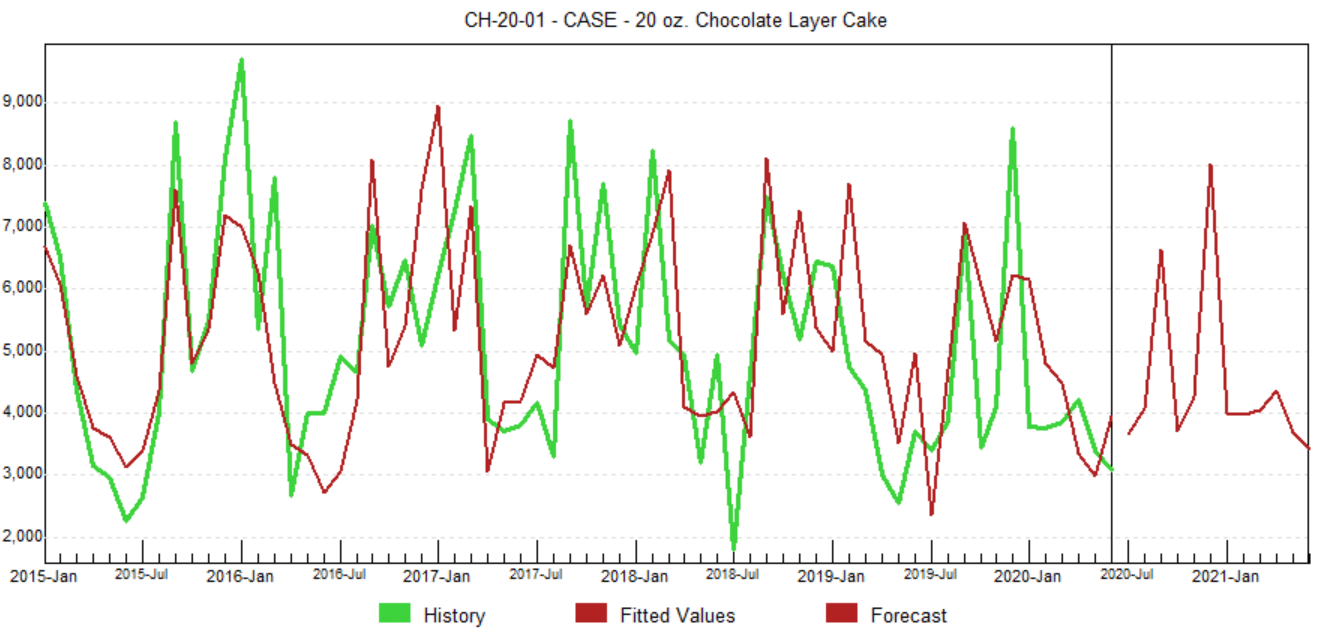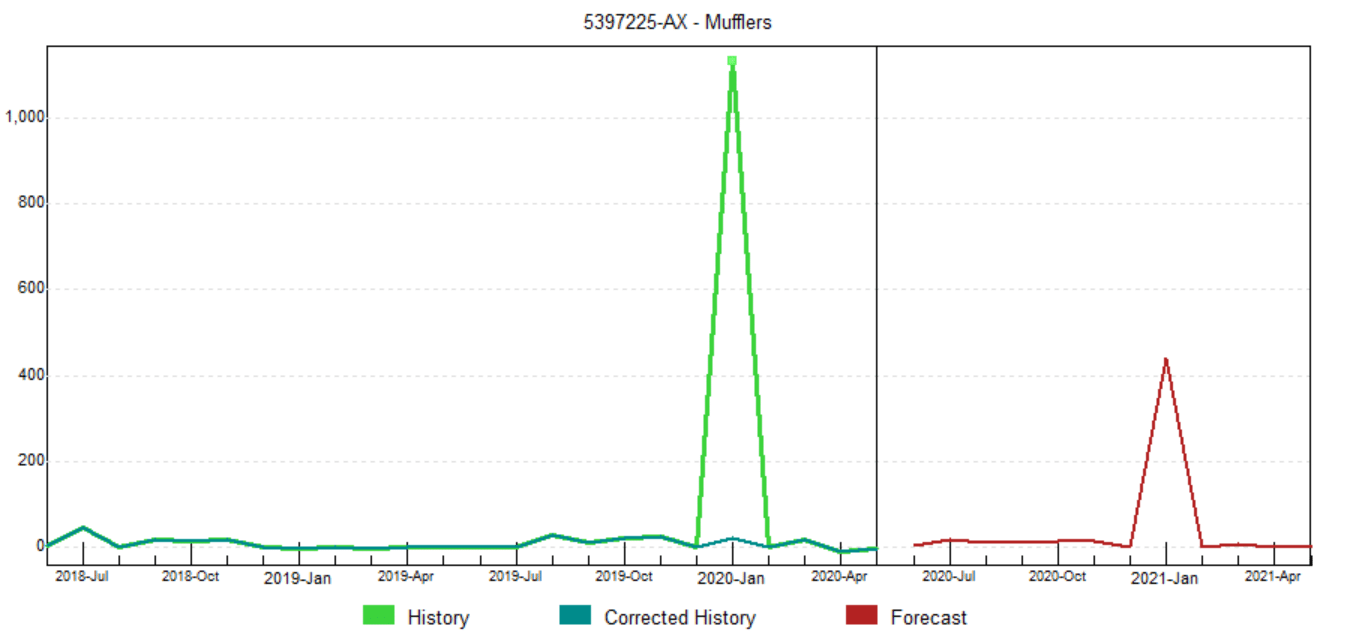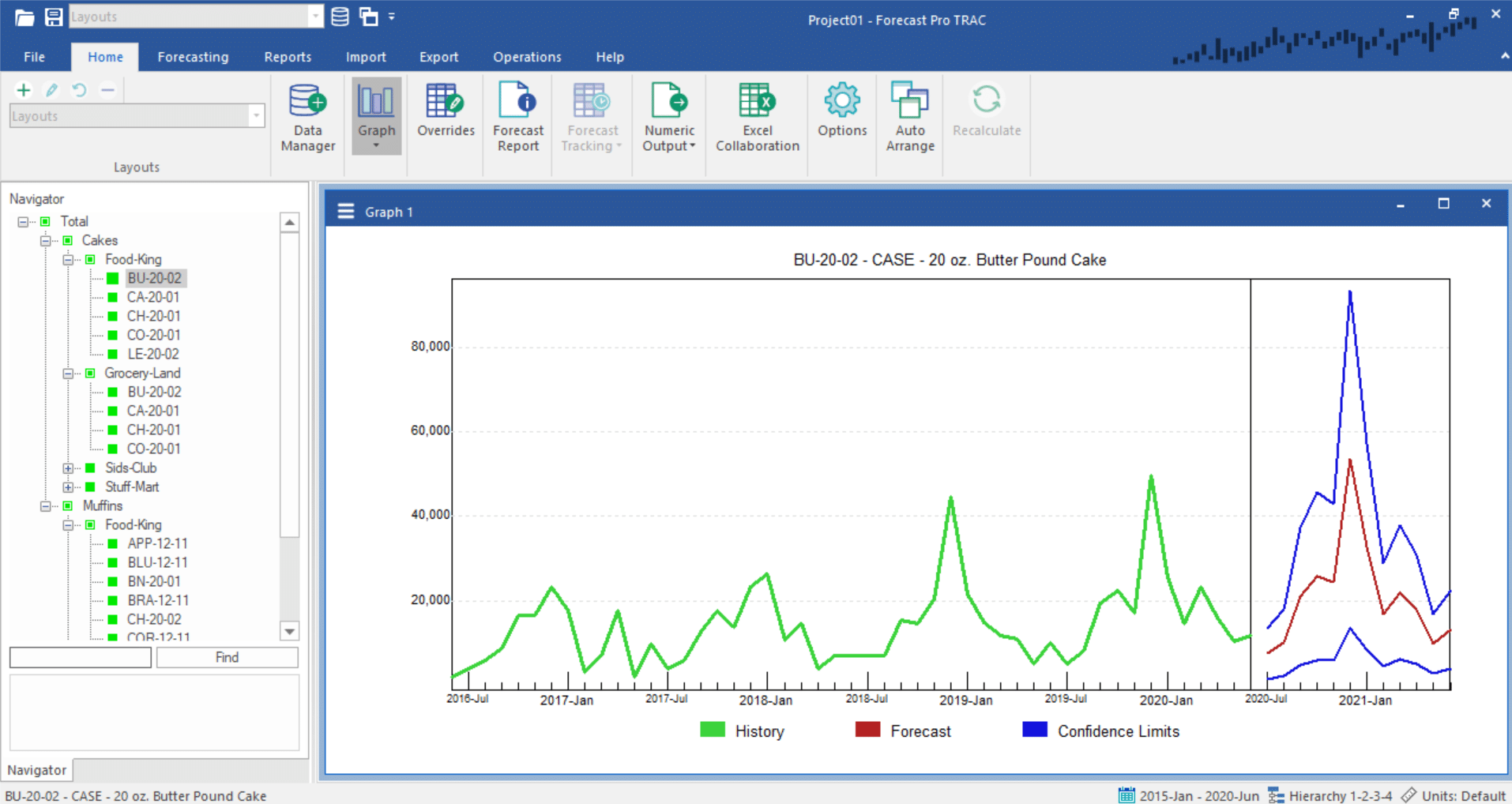Understanding Pareto (ABC) Analysis
In the 19th century Dr. Wilfredo Pareto, an Italian economist, gave birth to the “80/20 rule” when he observed that 80% of the country’s wealth was held by 20% of the population. Today, many organizations find that the 80/20 rule (or a similar ratio) applies to their products—80% of their revenue comes from 20% of [...]







